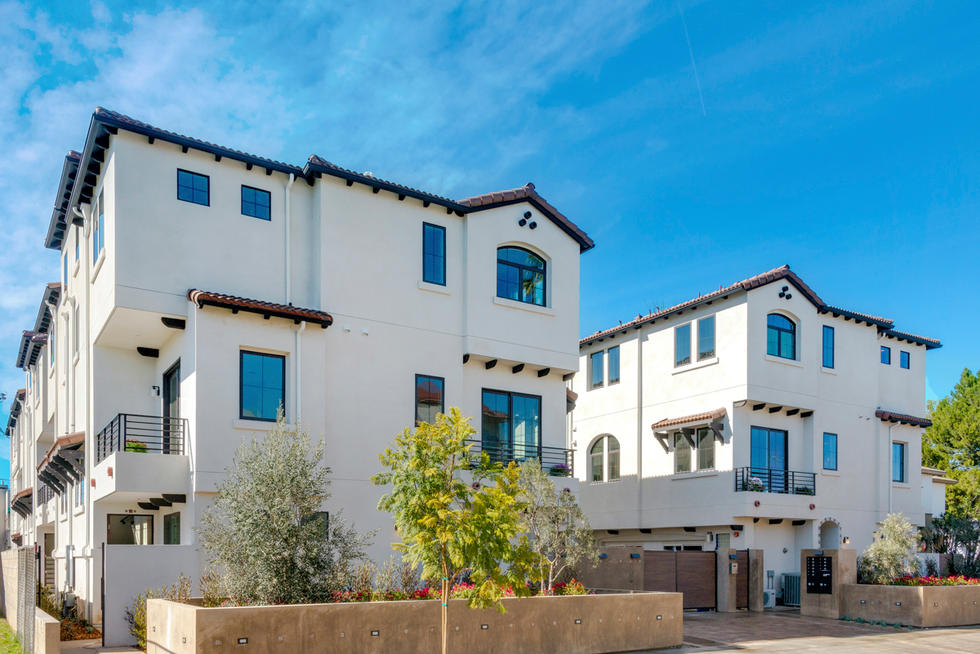By-Right Approvals: The Better Part of Housing Valor

Most housing and commercial developments in California cities go through a series of reviews by various government bodies before they are approved for construction, or “entitled” – and those processes differ dramatically.
In many cases, projects are approved “by right” – if a new housing development complies with all applicable laws and regulations, it quickly proceeds to entitlement. But in other cases, cities subject new housing developments to a process known as “discretionary review.” This process typically requires a vote of approval by a public body such as a planning commission or architectural review board, and often results in substantial delays and cost increases for new housing projects.
To understand how much the discretionary review process may delay new housing, compared to “by-right” housing review processes, Michael Manville, Paavo Monkkonen, Nolan Gray, and Shane Phillips of UCLA looked at 350 projects entitled through the City of Los Angeles’s Transit Oriented Communities (TOC) program, which offers a “by-right” entitlement track for some projects.
Key Takeaways
- By-right projects were permitted 28 percent faster than discretionary projects
- Faster approval timelines were accompanied by an increase in average project size and the number of homes reserved for low-income households.
- Policy makers focused on housing affordability should consider more pathways to ensure new projects are subjected to by-right, rather than discretionary approvals
In Los Angeles, every housing development with 50 or more homes must undergo a process called Site Plan Review, which triggers the discretionary approval process. However, nearly every multifamily housing project triggered some form of discretionary review:
“From 2014 to 2016 in Los Angeles, among projects of five homes or more, only 6 percent of homes were approved by-right. The remainder were approved largely via project-specific discretionary changes.”
In 2016, Los Angeles voters approved Measure JJJ, which required the city to create a new approval program that would encourage mixed-income housing developments near transit. The resulting TOC program is an optional pathway for construction that lets developers build larger, denser projects, with less parking, and – critically – avoid discretionary review for projects with a “base” number of homes below the city’s 50-home threshold for site plan review.
The introduction of LA’s TOC program, and the variety of similarly-sized, similarly-located projects that used different entitlement pathways, created a unique opportunity to investigate the effect of discretionary review on approval times.
The researchers looked at entitlement timelines for four different types of projects, measuring the time from when developers submitted their applications until they received permits:
- By-right TOC
- Discretionary TOC
- By-right non-TOC
- Discretionary non-TOC
They controlled for project size, parking, retail, levels of subsidized affordability, parcel shape, zoning, neighborhood composition, and council district.
Unsurprisingly, they find that discretionary review is universally associated with delay: “Within both approval pathways (TOC and non-TOC), discretionary projects took much longer than by-right projects. The median approval time for non-TOC discretionary projects was 748 days, whereas by-right non-TOC projects took less than 500. Within the TOC program, by-right projects were permitted 60 days faster than discretionary.”
The study provides important real-world evidence that discretionary processes slow down housing approvals, which typically increases housing costs and/or reduces the number of homes included per project.
The researchers conclude that evidence from the TOC program “suggests that a by-right program with a clear menu of exactions can yield community benefits comparable with those elicited from discretionary negotiation.”